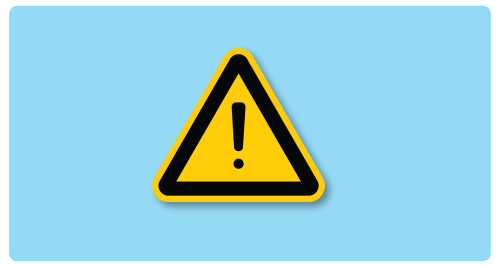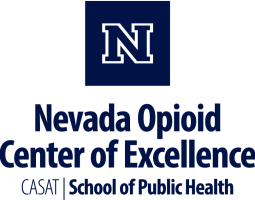Continuing education credit is not offered for these on-demand videos which are for informational purposes only. For courses offering continuing education, please checkout our live events or visit our partners at CASAT Learning.

The “all hands on deck” call to address the opioid crisis has challenged our efforts to implement primary prevention that complements other efforts to address the crisis across the spectrum of behavioral health care services. This interactive webinar will explore ways to expand prevention to move our work more upstream--beyond preventing deaths from opioid overdoses to preventing the misuse that leads to those overdoses. This webinar will include an overview of national and Nevada data; the risk and protective factors associated with opioid misuse and overdose; and a range of promising and evidence-based strategies to consider as part of creating a comprehensive plan to move the work of prevention upstream. The webinar will also explore community mobilization strategies and ways to build additional partnerships.

This is the first session in a comprehensive 4-part series that is designed to strengthen Nevada’s approach to opioid and other substance use disorders, with special emphasis on maternal health and family systems. The series is intended to provide participants with data, tools, and real-world perspectives to improve prevention, treatment, and recovery supports across the lifespan.

This video will provide an in-depth overview of kratom’s pharmacology, patterns of use, and the evolving regulatory landscape. Attendees will gain insight into how kratom differs from traditional opioids, its potential for addiction, and the complexities of withdrawal management. Practical strategies for patient engagement, harm reduction, and evidence-based treatment approaches will be discussed, with a focus on real-world clinical scenarios.

This second Listening Session continues our exploration of Opioid Use Disorder (OUD) in special populations, shifting the lens to the full lifespan. Building upon Part 1’s focus on youth and Tribal communities, Part 2 will examine the intergenerational and biological effects of opioid exposure from the womb through later life stages. Panelists will include a speech-language pathologist and lactation consultant working with opioid-exposed infants in neonatal care, a nutritionist exploring how OUD affects metabolism and nourishment, a biomedical engineer sharing technological approaches for assessing long-term developmental impact, and a gerontological expert addressing OUD in older adults.

This one-hour workshop will provide an overview of new and emerging synthetic cannabinoids and their impacts. The session will incorporate identifying different types of cannabinoids, indicators of use, and trends within Nevada and across the country. Participants will learn practical strategies and resources for managing unknown and novel synthetic substance use while understanding up-to-date information that will equip providers to implement effective approaches to engagement and care.

This presentation, developed in collaboration with OD2A, provides an overview of the most current opioid use disorder (OUD) data and trends in Nevada. The presentation focuses on the Quad Counties region (Storey County, Lyon County, Douglas County, and Carson City) to give participants the most relevant and localized information available. Attendees will gain insight into emerging patterns, recent data findings, and key considerations for prevention and response efforts in Nevada.
